Production and Processing Technology of Cattle and Sheep Straw Feed Pellets
Date: 12/18/2020 08:37:31 From: feed-pellet-plant.com Clicks:
Crop straw has a high crude fiber content, which is difficult to be digested and absorbed by animals, has less available nutrients and poor palatability, so it is classified as roughage in feed taxonomy. The roughage cannot be decomposed by the digestive juice and enzymes of monogastric animals, only a small amount of fermentation by the cecal microorganisms, the digestibility is very low. Only applicable to the raising of ruminant livestock. However, the straw is processed into feed pellets, and the utilization rate of crude fiber reaches more than 70%. This extends the use of straw to almost all livestock and poultry such as pigs, chickens, fish, cattle, horses, sheep, etc.
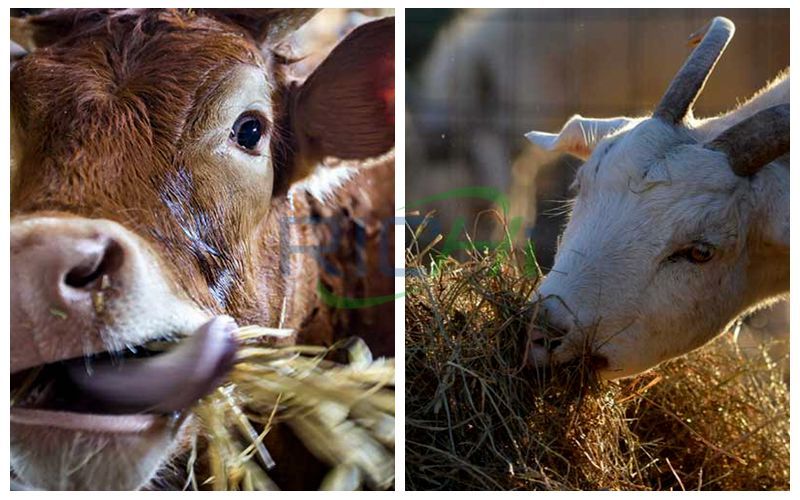
Cattle and sheep eat straw
Common crops such as wheat, corn, millet, peanuts, mung beans, sweet potatoes and other straws or vines, pods, corn cobs, peanut shells, locust leaves and elm leaves can all be used in the production of straw feed for cattle and sheep. Ruminant feed production line such as cattle and sheep need to use crushers, pelletizers, coolers, balers, etc.
I. Required Equipment, Tools, Raw Materials
1. Ordinary hammer mill, optional SFSP series, 3-20 tons per hour and other models, power 30-160 kilowatts;
2. Feed pellet mill, SZLH type can be selected, power 22-315KW, output 1-40 tons/hour;
3. Hay cutter.
4. Large water tanks or pools are used as fermentation vessels.
5. Rice wine koji, sauce koji, vinegar koji or other leavening agents.
6. Thermometer.
II. Choose Straw
Common crops such as wheat, corn, stalks or vines, peanuts, mung beans, sweet potatoes, etc., pods, corn cobs, peanut shells, locust leaves and elm leaves can all be used. In the harvest season, select clean straws, remove the roots, spread and dry them, remove dust and debris, stack them for storage, and take measures to prevent moldy and deterioration.
III. Prepare Middle Song
There are many kinds of starter, and you can prepare starter Zhongqu by yourself. Take 15 kg of wheat bran, 35 kg of bran, 0.5 kg of rice wine koji, 0.5 kg of sauce koji, 0.5 kg of vinegar koji, and 50 kg of cold boiled water. After mixing the above-mentioned powders, add water gradually and continuously Mix and knead with your hands. When you hold it into a ball, do not add water when it is not scattered or dripping. Then put it into a ball with a diameter of 10 cm and place it on a clean indoor corner, and cover with weeds. When the temperature rises to 42°C, remove the weeds on it. It usually takes 3-4 days to complete. After drying Ready to use. The finished product is in the shape of a hard ball, yellow-black, no odor, and valid for about one year. It can be used after being crushed with a grinder.
IV. Production of Semi-finished Products
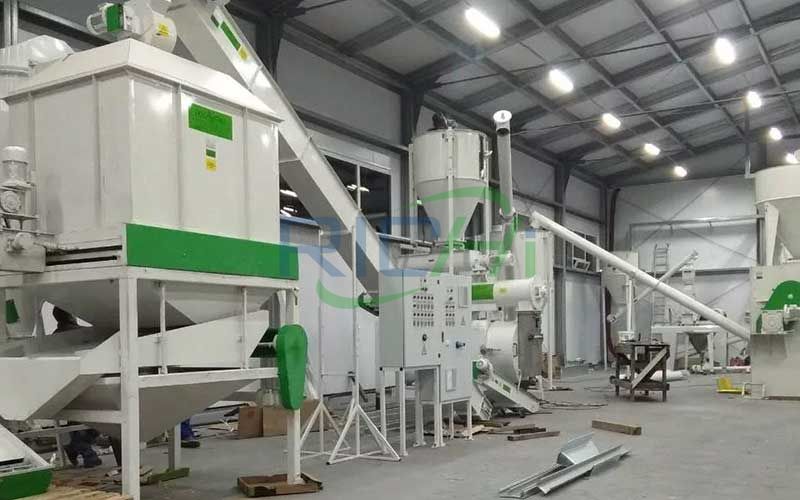
Straw feed pellet production process
1. Process cutting → crushing → soaking → cooking → irradiation → puffing → thermal spray → granulation → semi-finished products
2. For crushing, first use a guillotine to stalk the straw and rattan to 3-5 cm in length, and use a pulverizer to pulverize to corn grits-sized pieces. Spread out the crushed grains to dissipate the heat and moisture, and put them in bags in a dry place for later use.
3. For example, the use of medium koji fermentation is used for mixing middle koji or starter. According to the amount of various straw powder, a certain amount of straw powder is weighed with a scale and stacked on a clean cement floor to make the various components as balanced as possible. Add the middle koji in the ratio of 3-4 kg middle koji powder for every 100 kg of straw powder, and repeatedly stir with shovel to make the mixture as uniform as possible. If other starter is selected, the use ratio marked on the package can be combined with straw powder, and the method is the same as above.
4. Mix clean well water or tap water with water to warm up, and put your hands in warm water until they will not burn your hands. Gradually add warm water to the mixture at the ratio of 100 kg of the above-mentioned mixture to 85-100 kg of warm water, and fully mix with the shovel while adding, and add water until the mixture is held by hand and does not drip without dripping. As well. Special attention should be paid to the fact that too little water will result in impermeable fermentation, and too much water will result in less air in the feed, which is not conducive to the propagation of bacteria, and will easily cause unfavorable anaerobic butyric acid fermentation and reduce feed quality.
5. The fermentation is divided into two stages. There are no specific requirements for the specifications of the fermentation vessel, either a large water tank or a pool. The pool can be repaired in a size of 3 meters (length) x 2 meters (width) x 0.8 meters (height) for fermentation.
(1) The medium koji and the starter are aerobic bacteria, and proper amount of air should be ensured during the fermentation process. Therefore, put a bowl made of wood or bamboo 15-20 cm away from the bottom of the fermentation container, and put a bundle of straws in the middle to facilitate ventilation, and then fill it with the mix fluffy.
(2) Once the mixture is loaded in the fermentation stage as required, insert a thermometer. Do not cover the upper part or cover only a single thin sack, so that the fermentation material can contact the air and promote the rapid reproduction of beneficial microorganisms. A lot of heat will be released during the fermentation process, and the temperature will reach 40°C-45°C after 1-2 days.
(3) Fermentation stage two when the fermentation temperature reaches 40-45°C. Take out the straw bale and compact the material downward. The upper part is sealed with plastic cloth to prevent air from entering, that is, entering the anaerobic fermentation stage. This stage inhibits the growth of unfavorable molds and promotes lactic acid fermentation. It can be completed in 1-2 days. If it is not urgently needed, it can be stored for a long time in this state.
(4) Identification of fermentation quality After the fermentation is completed, the fermented scraps become soft and ripe, smelling fragrant, sour and sweet. The fermentation quality can be judged according to the color and smell of the fermentation material. It is loose, soft and wet, yellowish brown or light green, with a certain fruit wine aroma, and a little sour taste for good fermentation quality. If it is dark brown or dark green, it has a general smelly, sticky, agglomerated, poor quality, it will poison cattle and sheep, and cannot be used.
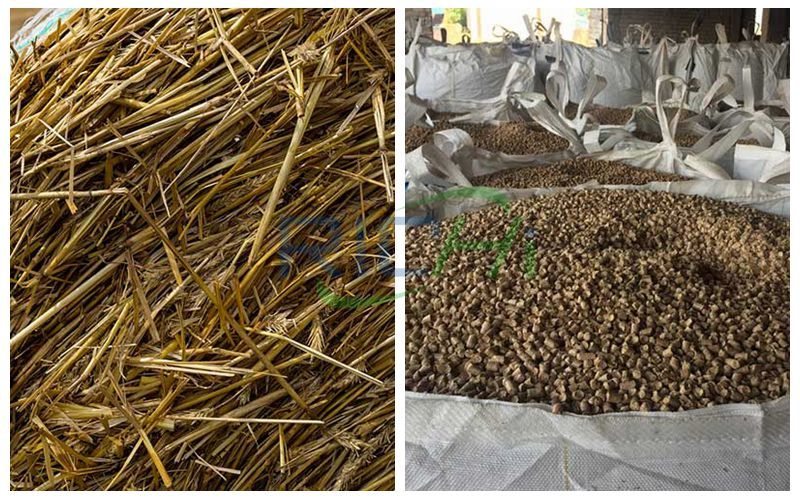
Straw and pellets
V. Comprehensive Ingredients
For ordinary cattle and sheep, the nutrients in the fermented feed can meet their needs. If it is used for short-term fattening of shelf cattle or sheep, the nutrients in the fermented feed alone cannot meet the needs, and appropriate amounts of corn should be added to the fermented feed. Concentrated materials such as flour, soybean flour, rapeseed meal, etc., make it nutritious enough to achieve the purpose of fattening in a relatively short time. You can also add concentrate separately during the feeding process.
VI. Granulation
The granules produced by the feed pellet machine are extruded to increase the palatability. At the same time, the granules can be soaked in warm water for 2-3 hours without breaking, so it is especially suitable for the needs of cattle ruminating. The diameter of pellets for sheep is 4-6 mm, and the diameter of pellets for cattle is 6-8 mm. The size of the pellets depends on the size of the die hole. Select the die as required, start the machine, and add the material to the hopper to produce pellet feed. Dry the pellets in time, pack them into bags, and store them in a cool, dry place for use.
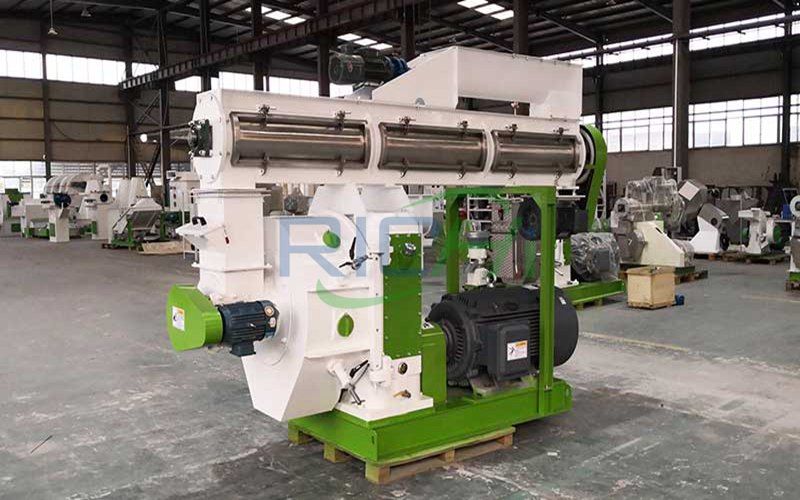
feed pellet machine
Table 1 Biofeed analysis
| project name | Crude protein% | fat% | Crude fiber% | Ash content% | calcium% | phosphorus% | sodium% | Total energy (MJ/KG) |
| Sorghum stalk biomass | 14.28 | 3.50 | 17.48 | 6.24 | 1.72 | 0.51 | 0.15 | 16.25 |
| Corn stalk biomass | 15.41 | 4.42 | 16.54 | 6.56 | 1.68 | 0.47 | 0.20 | 16.93 |
Table 2 Analysis results of feed nutrients
| project name | Crude protein% | fat% | Crude fiber% | Ash content% | calcium% | phosphorus% | sodium% | Total energy (MJ/KG) |
| Sorghum stalk biomass | 12.54 | 3.45 | 14.3 | 5.70 | 1.19 | 0.28 | 0.12 | 14.29 |
| Corn stalk biomass | 15.62 | 4.25 | 15.18 | 6.73 | 1.65 | 0.52 | 0.17 | 15.64 |
Straw biological feed technology is another major innovation in feed technology following straw silage technology, straw ammoniating technology, and straw micro-storage technology. Compared with straw micro-storage technology and straw ammoniating technology, it has short production time, fast turnover, and timely supply; low input cost and high output efficiency; adjust the balance of intestinal flora, prevent and treat diseases, and resist stress; purification; Environment, production of safe green food and other characteristics. It can be widely used for raising cattle, sheep, pigs, rabbits and other livestock. Straw starter is the core of straw biological feed technology.
The above is the article for you: Production and Processing Technology of Cattle and Sheep Straw Feed Pellets. If you are interested in our products or project solutions, please contact us. We will give you the best product quality and the best price. Email: enquiry@pellet-richi.com
Related Product
Production Line Equipment
related News
- >Uzbekistan Gizak 1t/h-2t/h Animal Feed Processing Plant for Floati
- >What is the price of the cattle and chicken feed machinery product
- >How to Choose Premix for Cattle Feed Manufacturers?
- >Analysis of Cost, Income and Economic Benefits of Large-scale Shee
- >Cattle Feed Pellet Machine Solves the Problem of Cattle Feeding in
- >How to Make Cattle Feed Pellets? Is It Good for Cattle to Eat Feed
- >What Are the Costs to Consider When Investing in a Cattle Farm?
- >The Feed Pellet Machine Makes Corn Stalks Into Cattle and Sheep Fe
- >Practical | How to Prepare Cattle Premix to Achieve Fast Fattening
- >300kg-500kg Beef Cattle Feed Formula and Cattle Feed Pellet Machin
Here you can submit any questions and we will get back to you as soon as possible. We will not disclose the information you submit to anyone, please rest assured.
Copyright© 2022 Richi Machinery. All rights reserved. Site Map


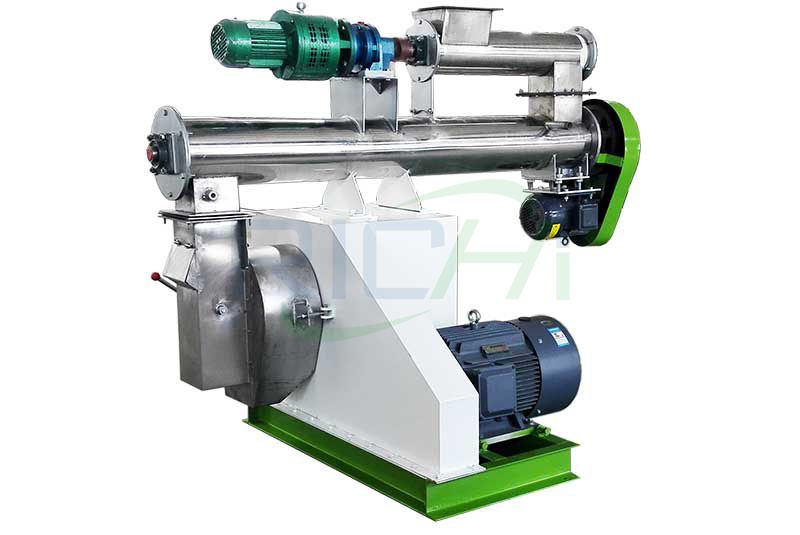
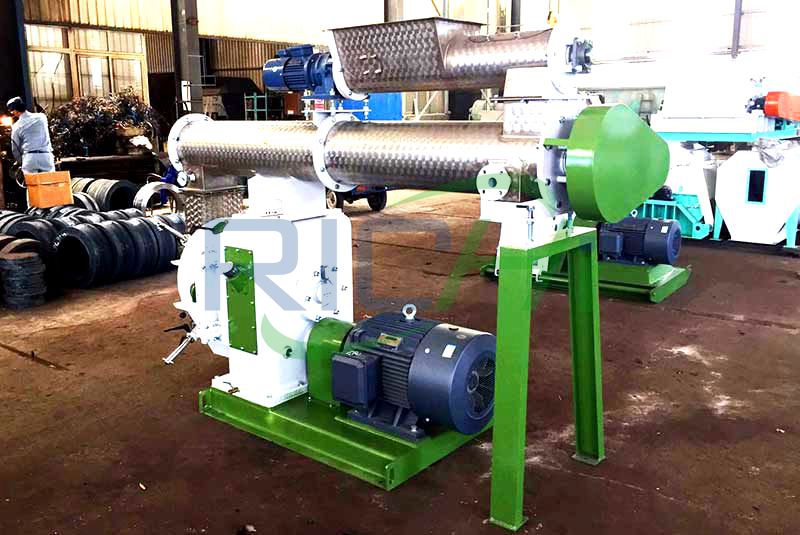
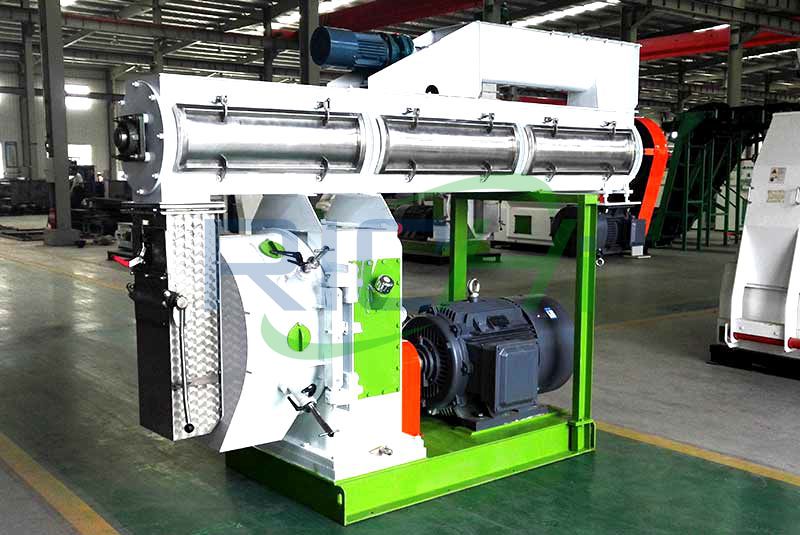
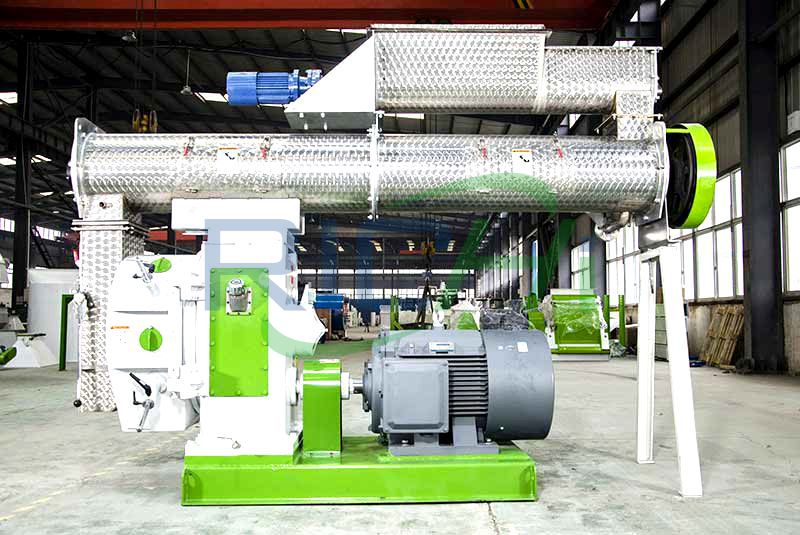
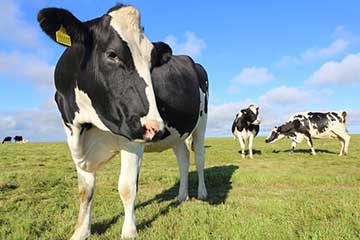
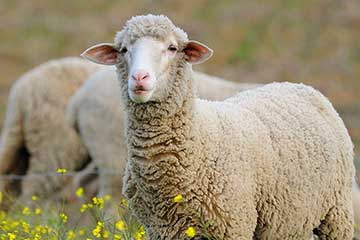
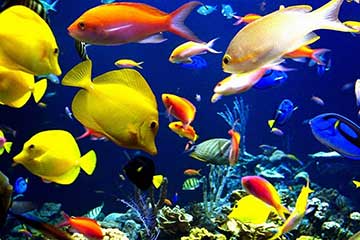
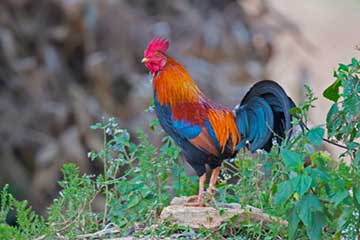
 Product Center
Product Center Get Latest Price
Get Latest Price